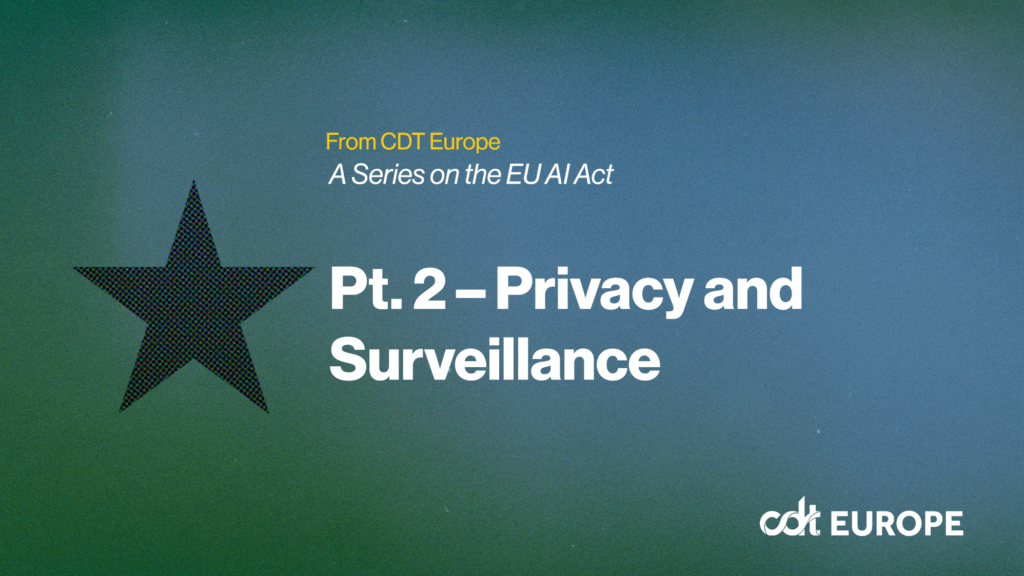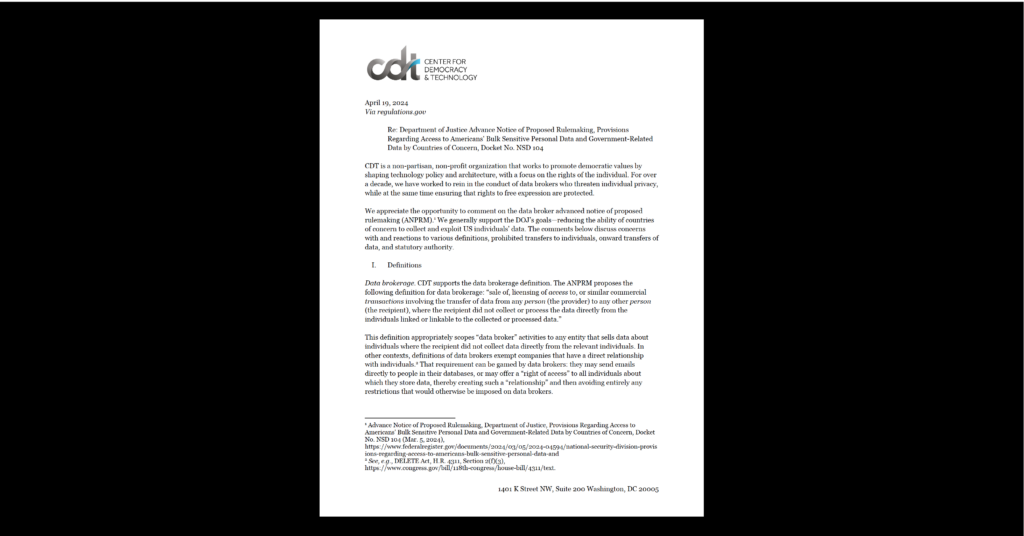When Online Dating Met Facebook
At this week’s Facebook Developer Conference, or F8, the social network company announced that it will begin introducing online dating features onto its platform. A dating feature is a logical next step for a company focused on leveraging data to connect people. After all, online dating and matchmaking are how couples meet today, shifting how relationships are formed. Facebook’s plans are especially intriguing because it effectively merges traditional dating with technology. Facebook can harness social signals used in offline dating – mutual friends, family connections, or school, work, and church networks – while also providing would-be daters the same frictionless experience and abundance of potential choices that characterize the online dating ecosystem.
Facebook is promising more information in the months ahead, but incorporating a dating service directly into an existing social network platform raises some privacy and safety questions.
Context Is Key
When it comes to user expectations online (or off), context matters. For years now, Facebook has positioned itself as a general purpose social network in sharp contrast to a service like LinkedIn, which is designed for “professional” networking. On Facebook, an average users’ connections can include their parents, coworkers, college roommates, neighbors, pub trivia teammates, and high-school-age cousins. As danah boyd has explained, Facebook is the master of collapsing “disparate social contexts” into one.
Layering romantic connections on top of this unique group is especially challenging and fraught with potential problems. Dating websites and apps often encourage a degree of sexual frankness, or sharing of sensitive information such as STI or HIV status, and this type of disclosure would not be commonplace in most user’s experience on Facebook. Dating apps emphasize declared personality traits and compatibility in a way that is foreign to Facebook. As a result, users who are especially determined to find the best matches will need to fill out incredibly sensitive information, which is in contrast to normal Facebook profiles that may not go updated for lengthy periods of time.
While Facebook has been explicit that its dating features will be opt-in – and restricted to users age 18 and up – the service will be incorporated directly within the Facebook platform rather than via a separate app. As a result, designing these features in a way that aligns with user expectations (and mental model) for how their data will be collected and shares is crucial. This is not a scenario where a pop-up notice or check box consent alone will suffice.
What Will Be Shared?
Facebook has said that what users do within the dating service will not be shown to their “friends.” In other words, matches are likely to be only one step removed from a user’s actual Facebook network; one could envision getting matched with parents’ friends or coworkers. At present, it is not entirely clear what information will go into match recommendations nor the exact information that will populate a user’s Facebook dating profile. While some information will likely come directly from a match-seeking user’s existing biographical or behavioral information shared on Facebook, users will also be self-selecting age and sexual preferences. Not only will this present questions about how Facebook may confirm users’ ages, but it is also important to acknowledge when it comes to online dating that what users explicitly say they are looking for may not be what they desire. Online daters lie. This is especially problematic on Facebook, which already permits users to provide information about their gender, interest in men or women, or relationship status. The reality is that users may have romantic preferences that are at odds with these stated statuses that a Facebook dating platform will need to account for, which raises the specter that users could be inadvertently outed. Again, this highlights the challenges of collapsing different social contexts.
Facebook’s dating service also must balance providing veracity and anonymity. Many dating sites and apps permit their users to operate under some degree of anonymity, with profiles that are heavily edited and photos carefully selected. Aliases can be an important safety and user control mechanism in online dating. Facebook, on the other hand, operates under the presumption that its users go by their real name, and until recently, even permitted users to look each other up via email address and phone numbers. In light of this, Facebook users that opt into this dating service should be afforded some options and controls to limit their exposure and potential matches.
How will this inform advertising on Facebook?
It is unclear what new information may be available to advertisers via this service. Wired has reported that Facebook will not use information from its dating service to target advertising. We hope this is accurate. First date restaurant or activity suggestions may be relevant to users who have just matched on this service, but this foray into the world of intimate relationships requires heightened sensitivity around advertising and warrants further discussion about the types of advertising transparency that Facebook currently offers.
A safer approach for Facebook is to simply sandbox what users do in the dating service from ad targeting on the Facebook mothership. Users that take advantage of the dating service will already be providing enormous value to Facebook; a data-driven dating feature within Facebook will encourage users to engage more with the platform. For example, if “liked” posts or visited web pages will inform a user’s dating options, it is likely users will shape their online behaviors either to receive more accurate romantic recommendations or to self-censor in order to put their best potential dating face forward. The end result is that Facebook need not use “dating data” to offer advertisers more value targeting users on Facebook.
What Will Users Take Away From This?
Online dating is a $3 billion per year business, and much of that value is derived from trafficking in sensitive user data; OkCupid’s “OkTrends” provided snippets of insight from the data collected from that platform. Dating service users may soon have access to their own personal dating analytics.
Last year, journalist Judith Duportail made headlines by requesting access to her complete Tinder profile under the European Union’s data protection law. She received 800 pages of insights into who she matched with and when — and when she ghosted them the same day. What she did not receive is the “desirability score” being computed about her by Tinder behind the scenes.
Under the forthcoming General Data Protection Regulation, EU individuals should have increased access to dating information in machine-readable formats as well as the potential right to port that data across different apps and services. What this will mean for U.S. Facebook users is unclear, but the social media platform has already stepped up its global portability offerings. As we learn more about Facebook’s plans, its essential that the company’s privacy and safety provisions with respect to dating are designed thoughtfully and with full transparency.


